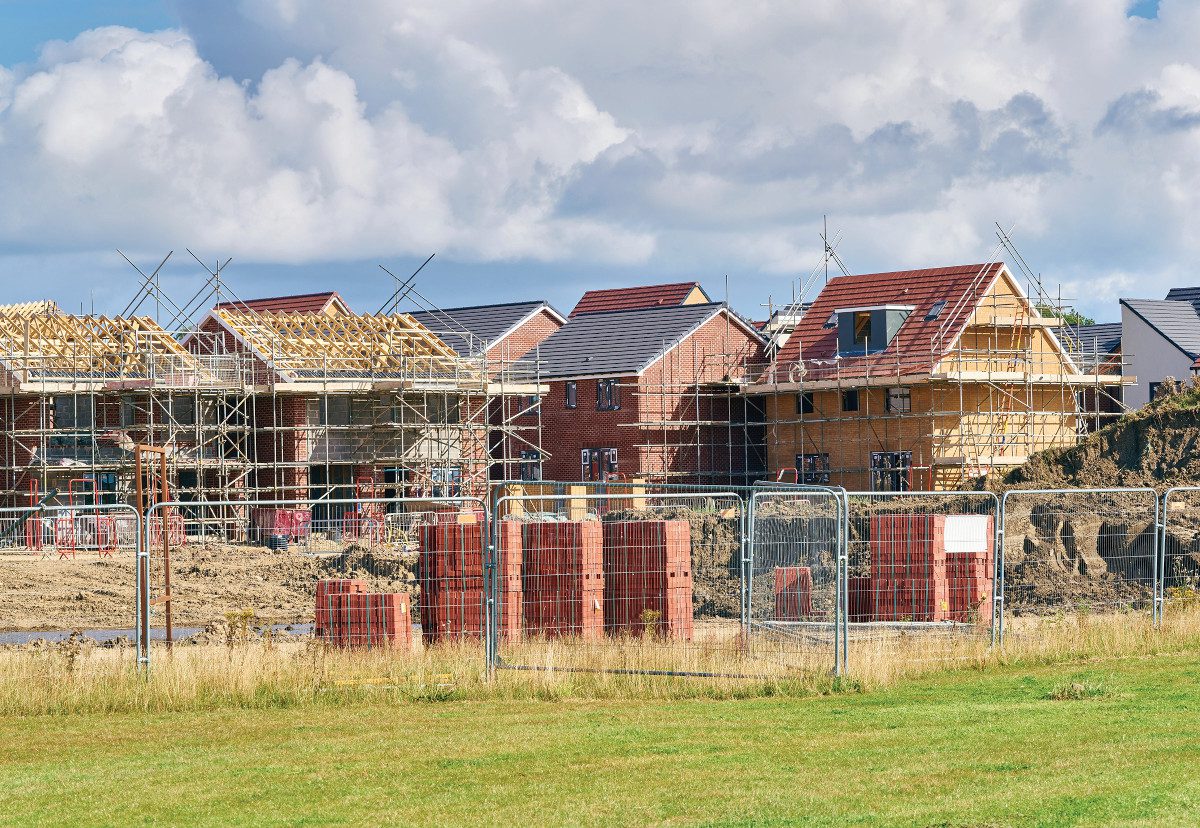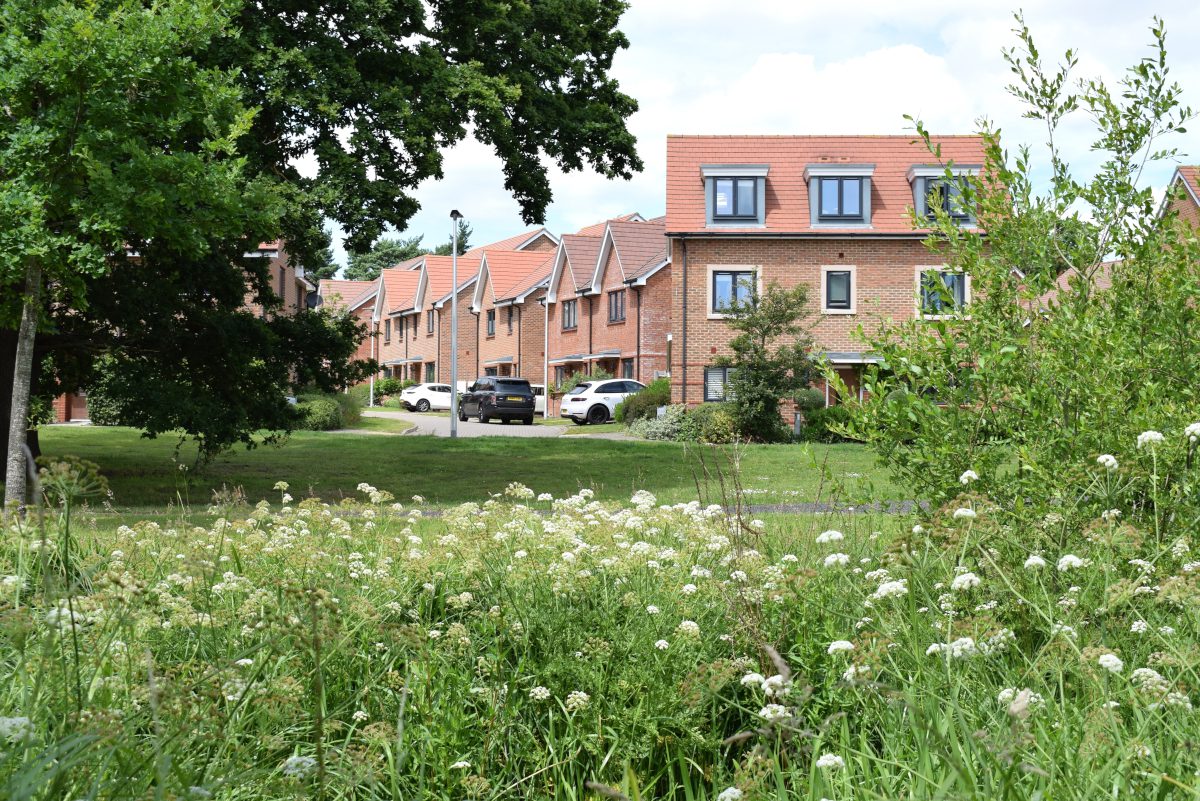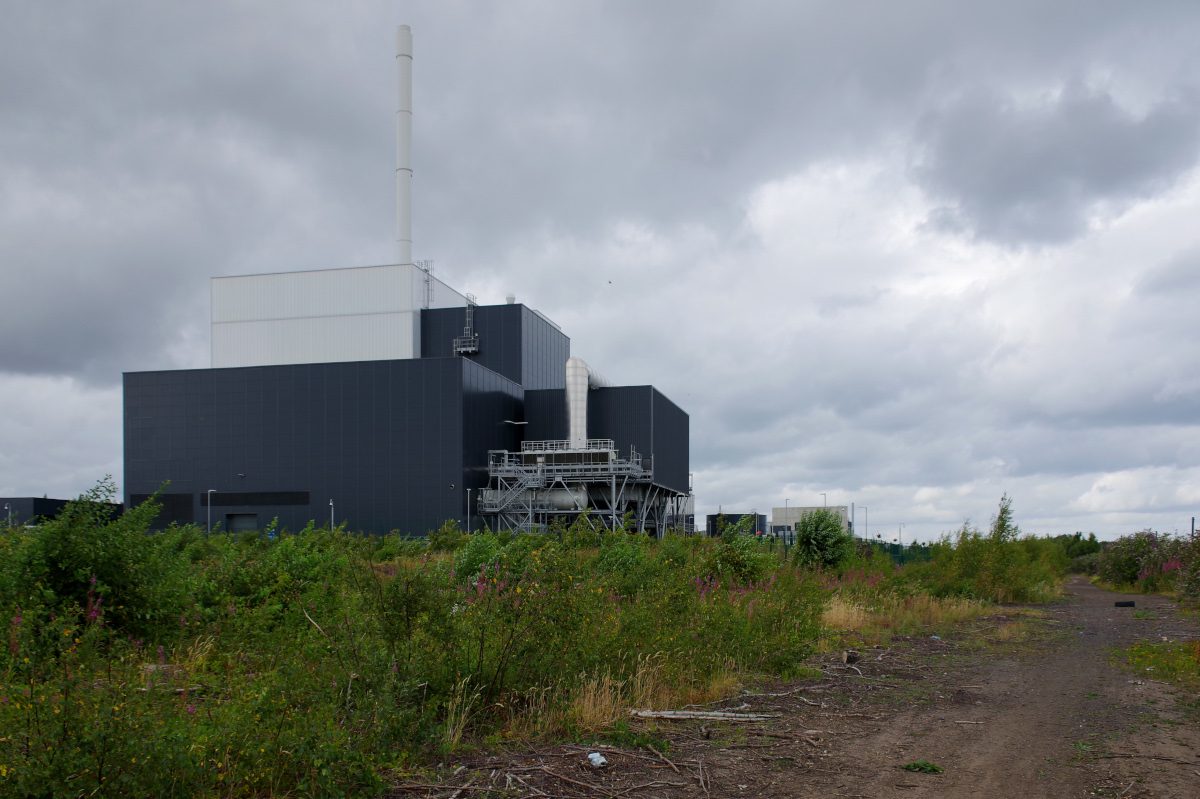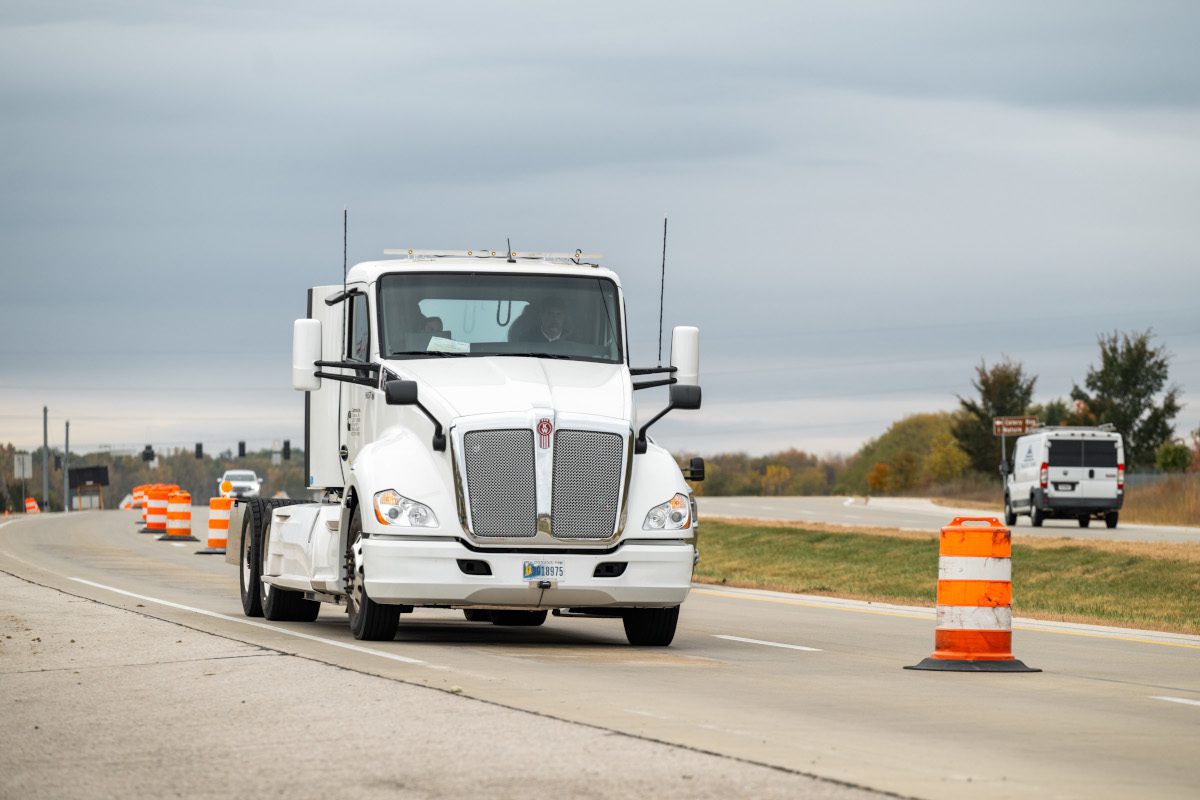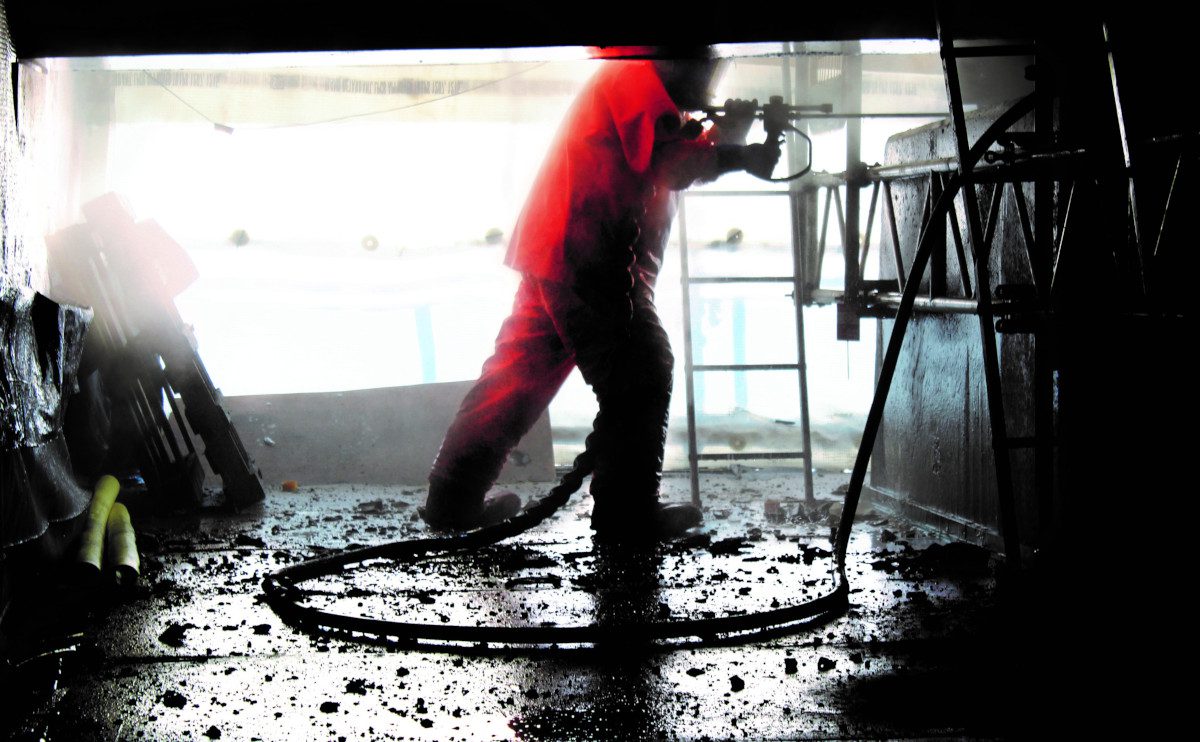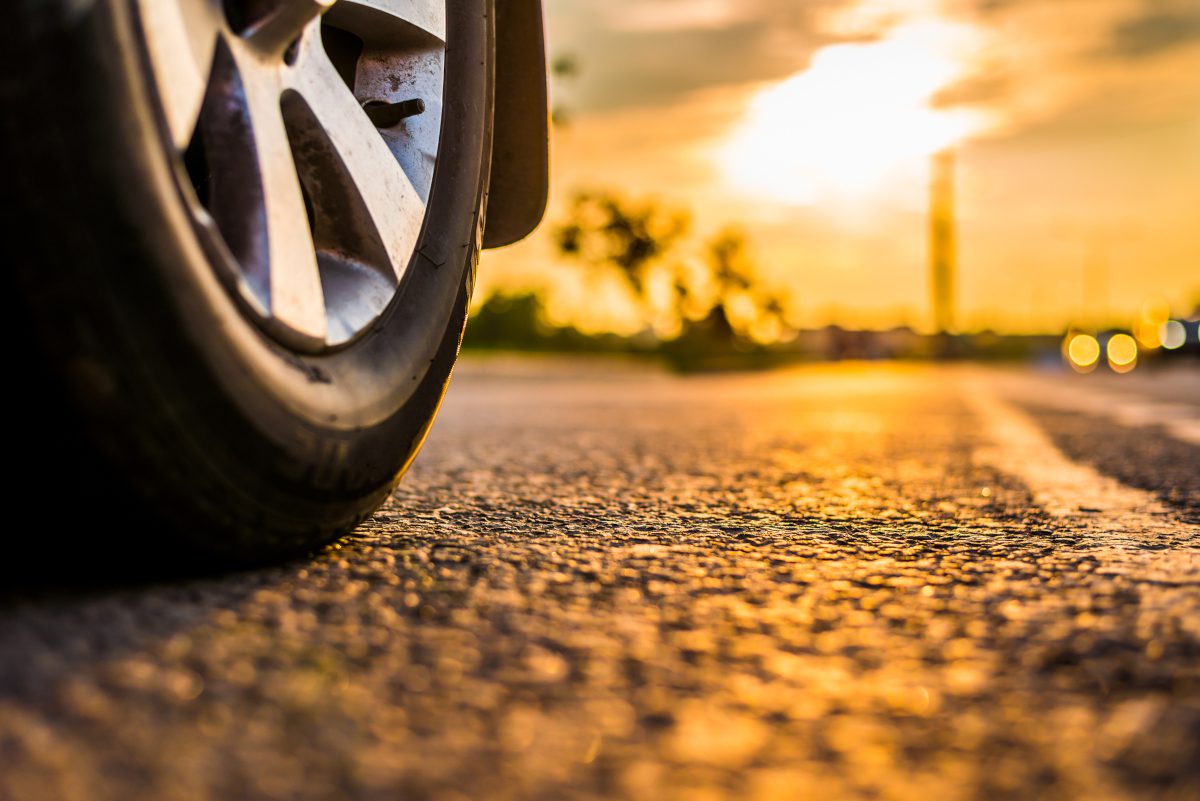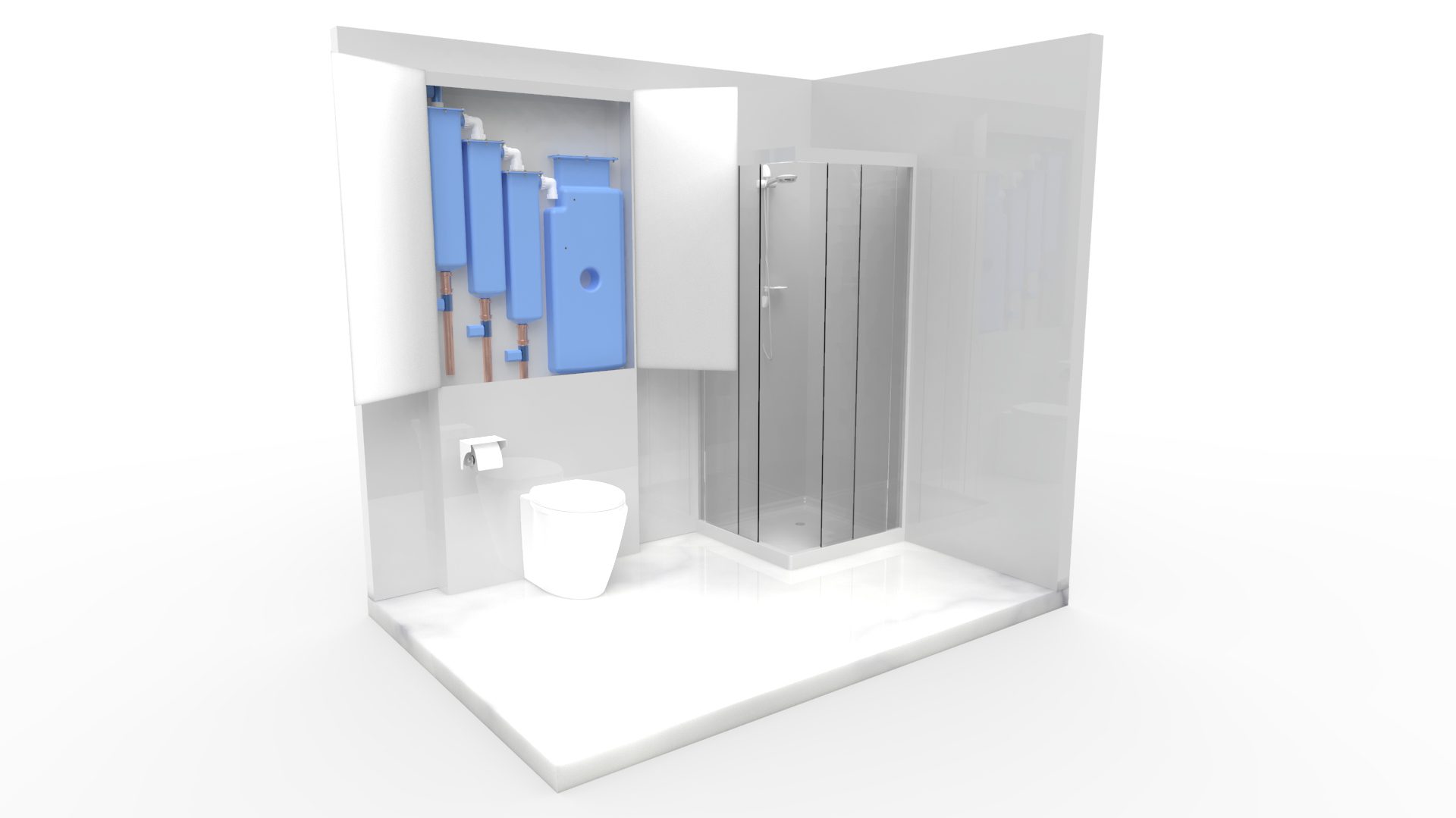Noise camera technology is ready to be deployed for monitoring urban traffic, according to a number of firms developing it. Envirotec looks at how different groups propose to do it.
While modern cars may be all too easily modified to produce ear-splitting bangs, pops and other eruptions, a growing hazard for the modern city dweller (at least if they value being able to sleep or concentrate on a task), the technology to pinpoint such vehicles, for law enforcement purposes, is not-so-trivial.
The public appetite for enforcement is said to be strong,1 and very noisy vehicles are clearly a commonplace of modern life, despite being illegal (see “Noise limits”, at the bottom of this article).
The technological solution so far explored by municipal authorities worldwide seems to be the use of noise cameras, tending to comprise some combination of a microphone (or microphone array), video camera, speed radar and Automatic Number Plate Reader. These are all fairly well-established sub-systems, and developers are also building on the lessons learned from the deployment of roadside speed and red-light cameras over the past two decades.
But most reports from developers of roadside noise cameras seem to append a long list of limitations and “areas in need of further development”.
The UK’s Department for Transport (DfT) has been exploring it since 2019 via its “Roadside Vehicle Noise Measurement project”. Real-world trials were conducted in a few UK urban locations in 2022 and 2023. It commissioned a joint venture formed by engineering firms Atkins & Jacob to conduct the project, which published its latest report in March.3
Where has it been tried?
Much of the initiative seems to have been taken at local level, especially by localities dealing with a heavy burden of noise complaints. London”s borough of Kensington and Chelsea was the first in the UK to trial noise camearas, in 2020. Over a three-month period it handed out 163 £100 fines and 69 warnings, to noisy drivers. This amounts to £16,300 gross revenue, to be weighed against the £74,340 paid for the camera when estimating ROI.4 Since then, another two cameras have been installed in the borough, in 2021, and public support is said to be strong.5
Results reported so far have tended to show the system struggling to distinguish between noisy vehicles operating illegally and those operating within the law, such as emergency services and lorries, and this accounts for the relatively small number of penalties issued (163 fines) out of 1,948 reported activations of the camera.
Fines aren’t being issued automatically, instead relying on a human operator to make the final call. The relevant UK legal instruments seem to require this. The situation is different in the US.
Reuben Peckham, director of Intelligent Instruments, a firm that provided the noise equipment used in the Kensington trial, said in a December 2022 interview: “In the UK it’s all about a human being reviewing the video, listening to the audio and determining whether that individual has driven aggressively – [or is] driving inappropriately, over-revving – and taking a judgement on it.”7
New York City piloted noise cameras at four locations between June 2021 and June 2022, which were triggered on 2,071 occasions, but technology limitations and other problems seem to have produced a modest appraisal of its usefulness. Video footage was too blurry to read license plates in 38% of cases, and false positives were generated by street parties. One camera had to be moved for fear of potential vandalism, after its location was posted online.8
What’s the trigger level?
The chosen threshold noise level seems to vary too, with Kensington having plumped for a lenient 75 db(A) (about the volume of a vacuum cleaner, in some estimations),9 while New York’s cameras triggered at 85 dB.
In the DfT trials conducted by the Atkins Jacobs Joint Venture (AJJV), a somewhat higher level was recommended, as a way of avoiding false positives from irrelevant vehicle types, and diminishing the need for a human operator. It recommended 95 dB LAmax at 7.5 metres as an objective and subjective evidence base. This would allow penalties to be issued for “excessively noisy vehicles on roads with speed limits of 50mph or less.” But that would fail to penalize vehicles considered “noisy but not excessively noisy” for which the authors recommended considering a lower noise level. The report seemed to anticipate that AI will make it easier to screen out false positives in the future, minimising the need for human input.10
Winnowing out human input
One system using AI is a European Horizon-funded project, “Noise and Emissions Monitoring and Radical Mitigation (NEMO)”, which is claimed to offer real-time monitoring of both noise and GHG emissions from exhausts, correlating the data from remote sensors with a classification system of different vehicle types using a neural network.11
NEMO uses two microphones for noise measurement. The AJJV project ruled it out as a candidate for real-world UK trials, in its own evaluation in 2022, deeming it “not yet a ‘procuct’” and that its installation “could be difficult in urban areas”. The latter report also suggested more development was needed to avoid triggering due to false positives from emergency vehicles and so on.
Weight of equipment is also an issue in the UK, since a camera needs to be light enough to be able to be mounted at height, on lighting columns and CCTV masts.
Cameras compared
The latest AJJV project report provides a (pre-2022) evaluation of several noise cameras on the market. The system from Intelligent Instruments (a firm also known as “24 Acoustics”), the one used in the Kensington pilot study, was said to be “the most developed product”.
AJJV opted to test a few products, includng in UK roadside trials, a list that was whittled down to four camera systems, namely products from Intelligent Instruments, Bruitparif, ACOEM and MicrodB – the latter three being French systems also undergoing roadside trials in France.
Bruitparif’s ‘Hydra’ noise camera uses its own proprietary acoustic system, ‘Medusa’, which employs four Class 2 microphones. Hydra also uses a wide-angle (180º) camera, and cameras for automatic number plate recognition (two in total – for recognition from both front and rear). The whole system is packaged within a metal enclosure, which also contains processing and data transmission. AJJV notes that it uses AI and “screens out some false positives”.
It has also been tested in a two-year trial running from January 2022, in localities in Paris, Nice, Toulouse and elsewhere.
ACOEM’s Noise Radar product uses CUBE, a 4G smart noise monitoring terminal that conforms to IEC 61672 Class 1. It incorporates a four-microphone array, wide-angle camera, meteorological sensors and offers scope to incorporate third-party video and ANPR products.
MicrodB’s ‘dBFlash’ noise camera is described as using a unique noise measurement system based on a directional microphone antenna coupled with video monitoring. It uses “high-resolution acoustic processing” to isolate vehicle noise from other types of noise.
The roadside trials were conducted between October 2022 and February 2023, at four locations: Keighley, Bristol, Great Yarmouth, and Rubery, Birmingham.
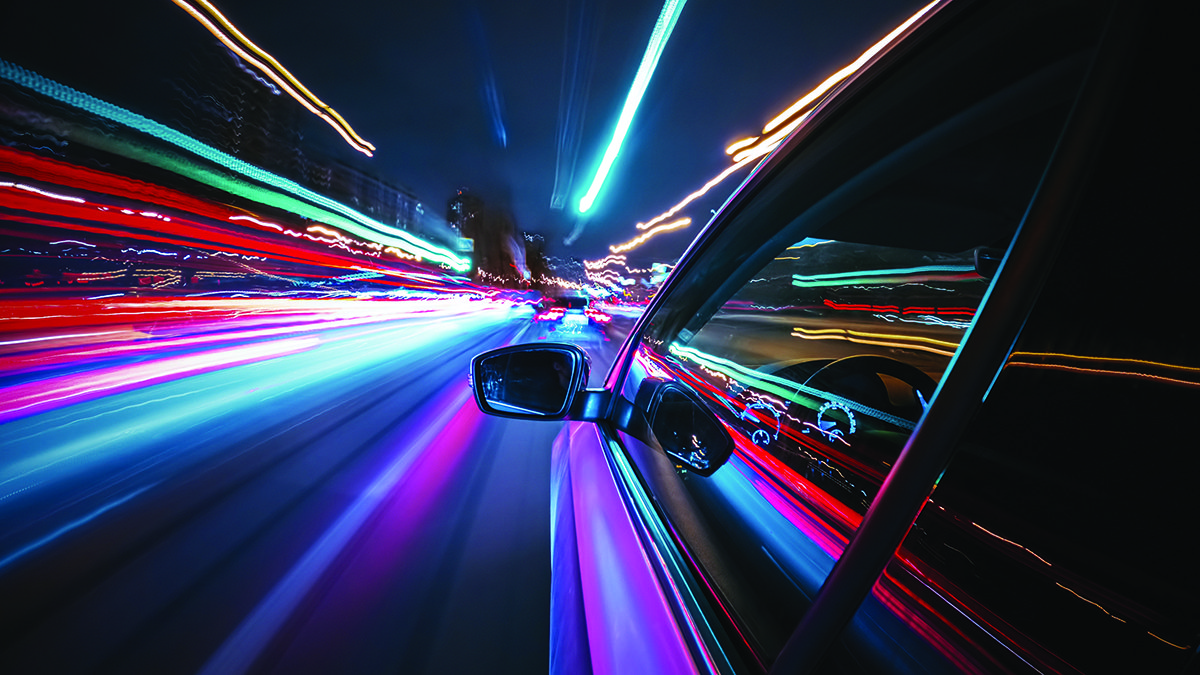
False positives
Reflecting on the results of these trials, the report noted that there were no false positives triggered by HGVs, but they occurred in other situations. For example, when an emergency vehicle was travelling on the opposite side of a dual carriageway to a standard vehicle, and its noise emissions were wrongly attributed to the latter. Or when noise emissions from nearby construction works were erroneously assigned to a passing vehicle.
In a 2022 interview,12 Reuben Peckham of Intelligent Instruments, spoke to the question of multiple vehicles passing the camera at once. Is the technology able to decide who gets a ticket? He emphasised the Class 1 accuracy of his firm’s microphones, but otherwise – addressing the UK situation – he suggested humans inspecting video footage will clarify the matter, adding that, “very often you’ll see a car which may be a performance car, and the other two are perhaps more modest cars.” He said: “We can also slow down the video and look at it frame by frame to determine which is the offender.” A new technology his firm was developing at the time, “uses a microphone array to determine the dominant source, and that will be overlayed on our video with a marker to point out the dominant car.”
The AJJV trials also reviewed the quality of the “evidence package” – the bundle of data that will be collected when the camera is activated by an offending vehicle, comprising audio and video clips, noise level data, still images of the top and rear of the vehicle, and number plate information (from an ANPR camera).
“Sometimes images were blurry,” concluded the report, “but the overall quality of the evidence package allowed for vehicle types and the excessively noisy vehicle to be identifiable.” Similarly, the audio files were deemed high enough quality to determine “which vehicle activated the noise camera”, and “what vehicle noise characteristics are present”.
An important next step will be conducting live enforcement trials, to give enforcement officers practice in using the noise cameras, and to integrate the evidence package with back-office systems.
The cost-benefit picture has yet to become clear also, and the AJJV report noted a break-even point only occuring where at least two vehicles per day cause a camera activation that results in a fine – a requirement not satisfied at three of the UK trial sites.
Outlier approaches
Technologies deemed interesting but which did not make it into the AJJV’s roadside trials, although mentioned in the report, included a system developed by Japan’s National Traffic Safety and Environment Laboratory, which uses 31 microphones and AI to distinguish vehicles that have been fitted with illegal exhaust products.
Another system, from California- and UK-based start-up firm General Noise, doesn’t use microphones at all, instead employing RADAR/LIDAR. It “could be considered a disruptive technology” said the report, although it didn’t appear to be at the right stage of development for selection in the 2022 trials.
A 2021 blog post from General Noise opts to label extant approaches “first-generation noise cameras”, adding that “they struggle to identify an offender in dense, noisy traffic”, which limits them “to quieter roads where they struggle to generate enough revenue to cover their costs.” The post attributes the limitations to a lack of directional accuracy of microphones. However, improvements with microphone systems appear to be ongoing, and the post may not reflect the latest results.
General Noise is offering a proprietary approach, SoundShot, that it says, “overcomes the limitations of microphone-based noise cameras, specifically sound contamination from nearby vehicles.” And compared to the 10-second gap between vehicles that some noise cameras require, SoundShot says it “can acquire and measure a target in milliseconds”.
The only easy win for the technology so far seems to have been with securing public approval.
[ SIDE PANEL – Noise limits ]
The level of noise cars are permitted to make has come down continually over the years, at least in the UK. In 1978, it was 82 decibels (dB (A)), and the current limit of 72 dB (A), was enforced in 2016 with the adoption of EU Regulation No 540/2014. This legislation mandates an ongoing tightening of the noise limit, which will go down to 68 dB by 2026.2
While automotive makers stay within these constraints – and the cars driving out of modern showrooms are generally designed to keep noise to a minimum – an apparently growing vogue for altering cars with aftermarket equipment seems to have driven a coach and horses (or, well, a souped-up BMW) through such niceties.
Police and local authorities have powers to take action against modified vehicles, but collecting enough evidence for enforcement seems to be a challenge. November saw one conviction brought by the DVSA (Driver and Vehicle Standards Agency) against a West Yorkshire firm that was advertising and fitting illegal exhaust modifications.6
This was for work performed on a car to remove its catalytic converter and modify some of its software to increase exhaust noise levels – a so-called “Pop and Bang Remap Software Upgrade”, alterations that render the vehicle illegal for road use, for which the firm received a conviction and a £7,234 fine.

Notes
[1] ” Acoustic cameras reinstalled to monitor noisy drivers”, https://www.rbkc.gov.uk/newsroom/acoustic-cameras-reinstalled-monitor-noisy-drivers. [2] Vehicle Certification Agency website. https://www.vehicle-certification-agency.gov.uk/fuel-consumption-co2/fuel-consumption-guide/cars-and-noise/. [3] https://www.gov.uk/government/publications/noise-camera-technology-roadside-trial [4] https://www.generalnoise.co.uk/post/vehicle-noise-cameras-quietly-on-their-way-to-a-1bn-market. [5] https://www.rbkc.gov.uk/newsroom/acoustic-cameras-reinstalled-monitor-noisy-drivers. [6] https://www.autoexpress.co.uk/consumer-news/361602/uk-firm-fitting-pop-bang-aftermarket-exhausts-fined-landmark-court-case. [7] https://www.youtube.com/watch?v=vHV8V1ATr7s [8] See item 4. [9] https://ehs.yale.edu/sites/default/files/files/decibel-level-chart.pdf. [10] See item 3. [11] https://ieeexplore.ieee.org/abstract/document/10250205 [12] See item 7.




